Mindblown: a blog about philosophy.
-
Pet Appreciation Week 2020
No one knows for sure, but the best estimates by geneticists say the first domestic animal was the dog and at first they were just tamed wolves. That was between 13,000 and 30,000 years ago. Through the ages, dogs have evolved into many different breeds for many different purposes. The one thing they all have…
-
Best Cat Breeds for Active People
We mostly find them indoors napping along a window sill, but cats love their exercise just as much as we do! If you’re looking for a furry friend to accompany you on adventures but you’re not much of a dog person, why not try a cat instead? Believe it or not, our tiny, domesticated lions…
-
12 Fun Things To Do With Your Dog This Summer
Summertime and the living is easy… or it should be, anyway. When the sun turns up the heat, finding things to do that are fun and safe is sometimes a challenge. Here are 12 activities we recommend that will make this the best summer ever for you and your fur buddy. Go take a hike!…
-
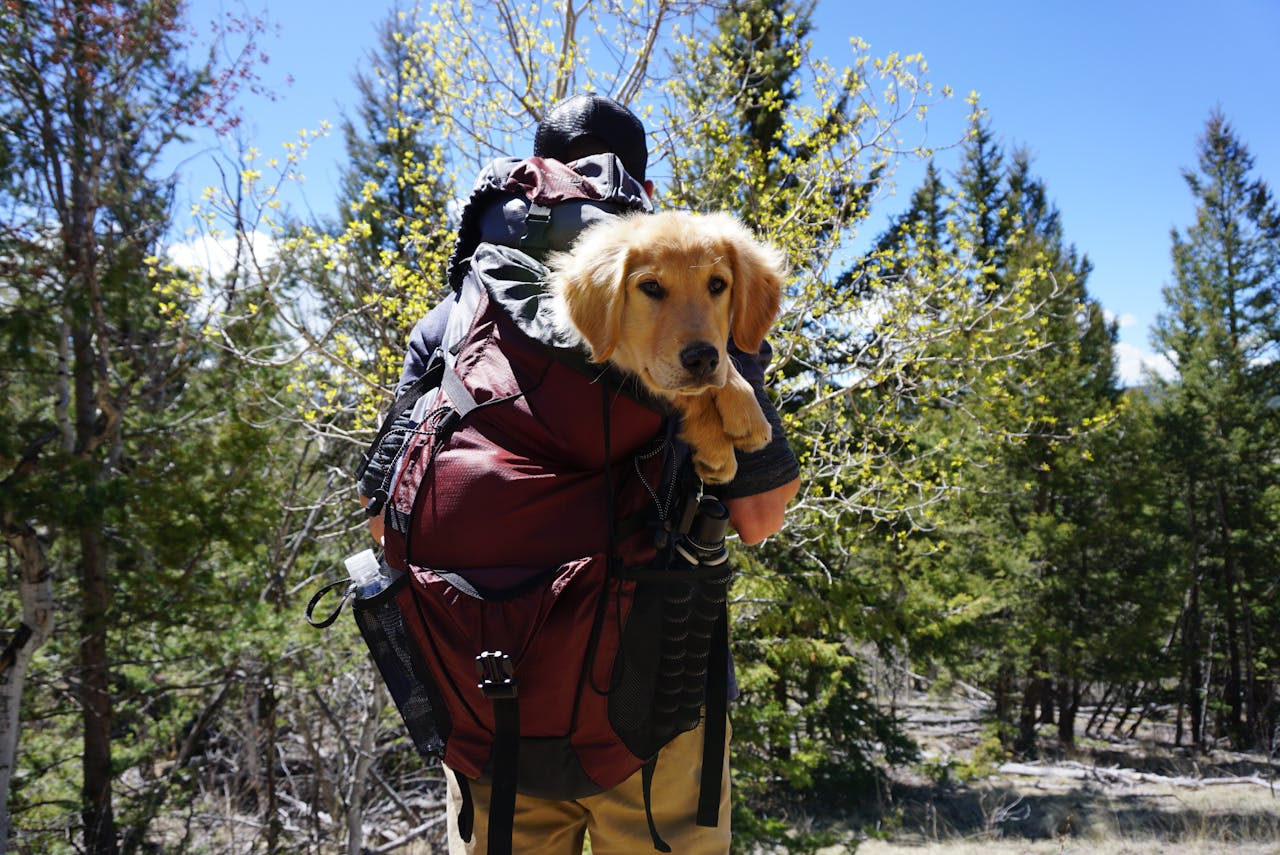
Hiking With Your Dog: A Comprehensive Guide
Hiking with your dog can be an incredibly rewarding experience for both you and your furry companion. Not only does it offer an opportunity for you to bond, but it also provides excellent exercise and mental stimulation for your dog. However, hiking with a dog requires some preparation and knowledge to ensure a safe and…
-
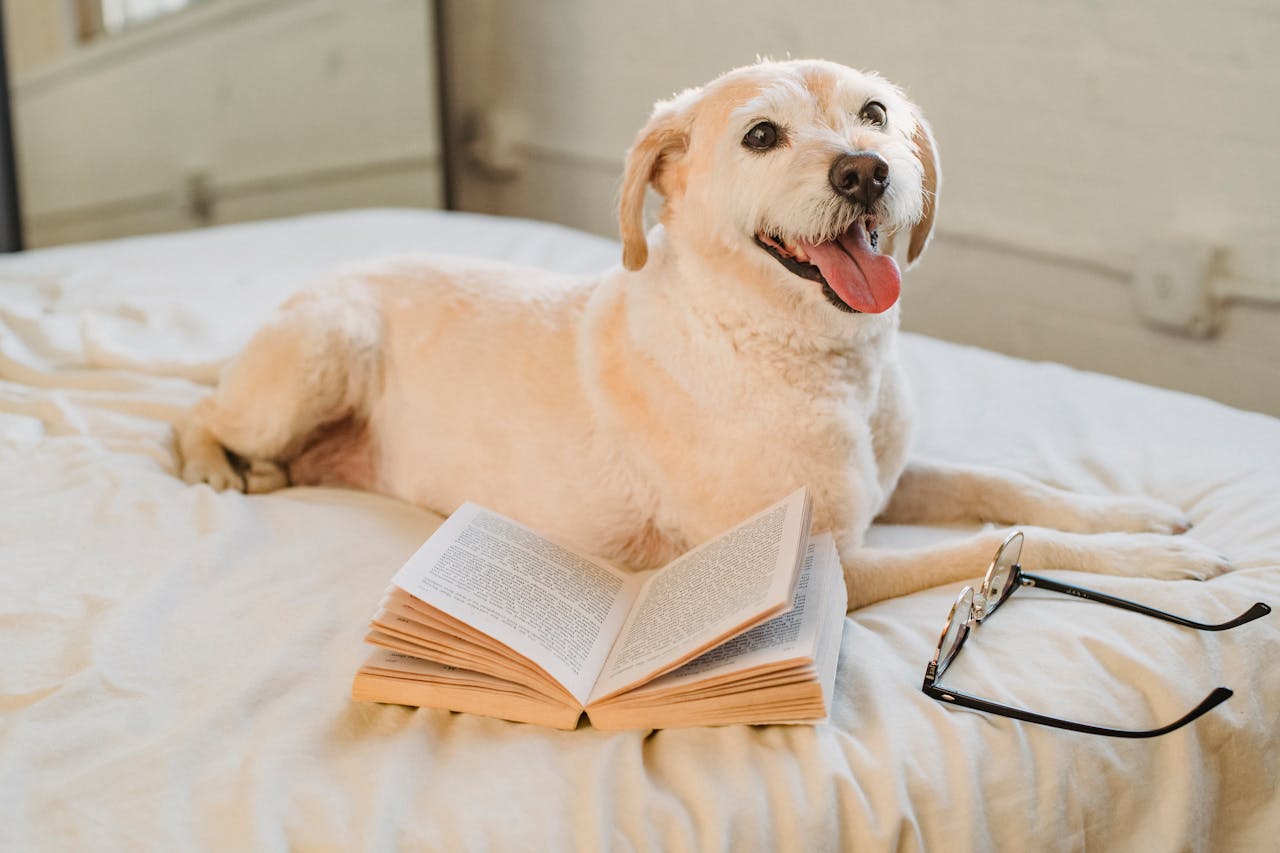
Labrador Retriever Breed Guide
Labrador Retrievers, often simply known as Labs, are one of the most popular dog breeds in the world. Renowned for their friendly nature, intelligence, and versatility, Labradors make excellent companions for families, active individuals, and working professionals. In this guide, we’ll explore the history, characteristics, health, and care needs of Labrador Retrievers. History of the…
-
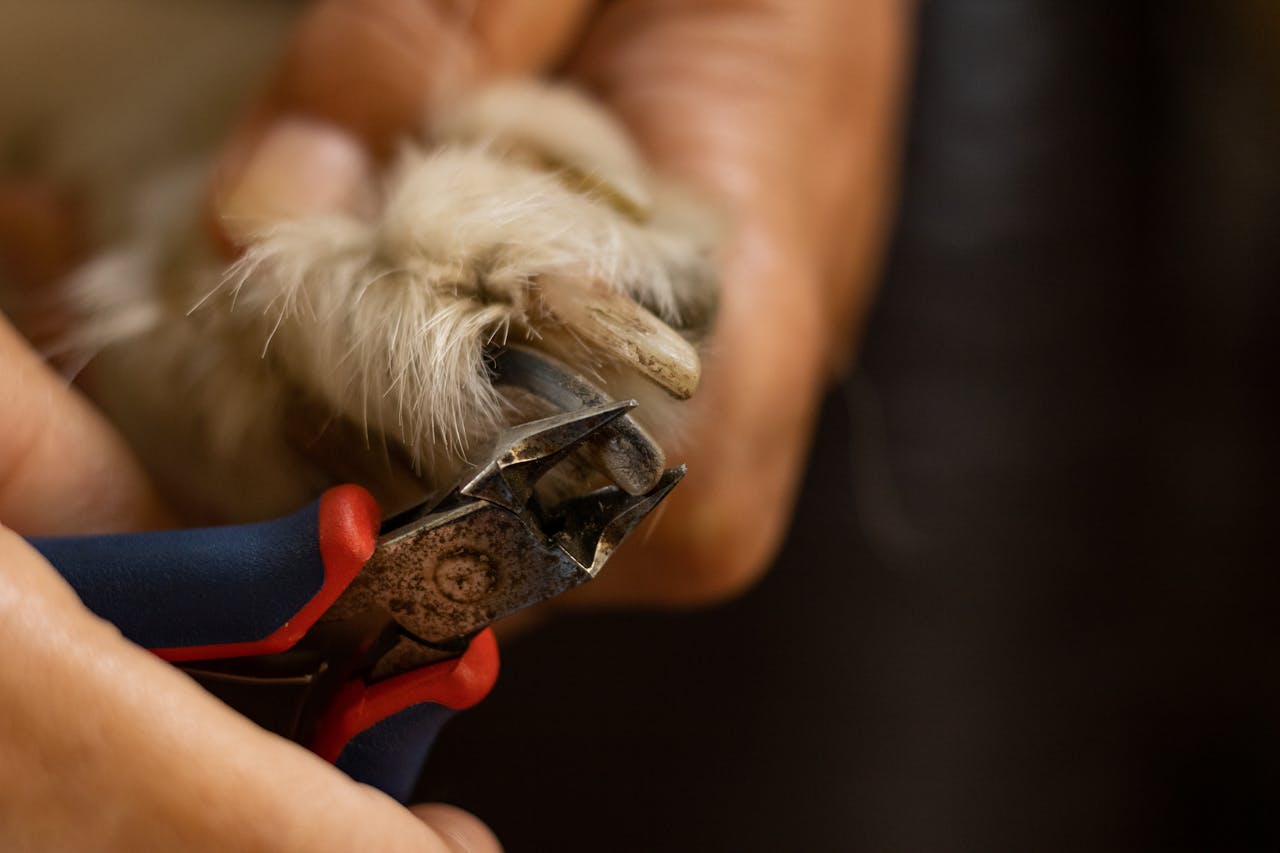
What To Do When Your Dog Breaks Their Nail
As a pet owner, one of the scariest moments is seeing your furry friend in pain. One common issue that can cause significant discomfort for dogs is a broken nail. While it might seem minor, a broken nail can lead to severe pain, bleeding, and infection if not properly treated. Here’s a comprehensive guide on…
-
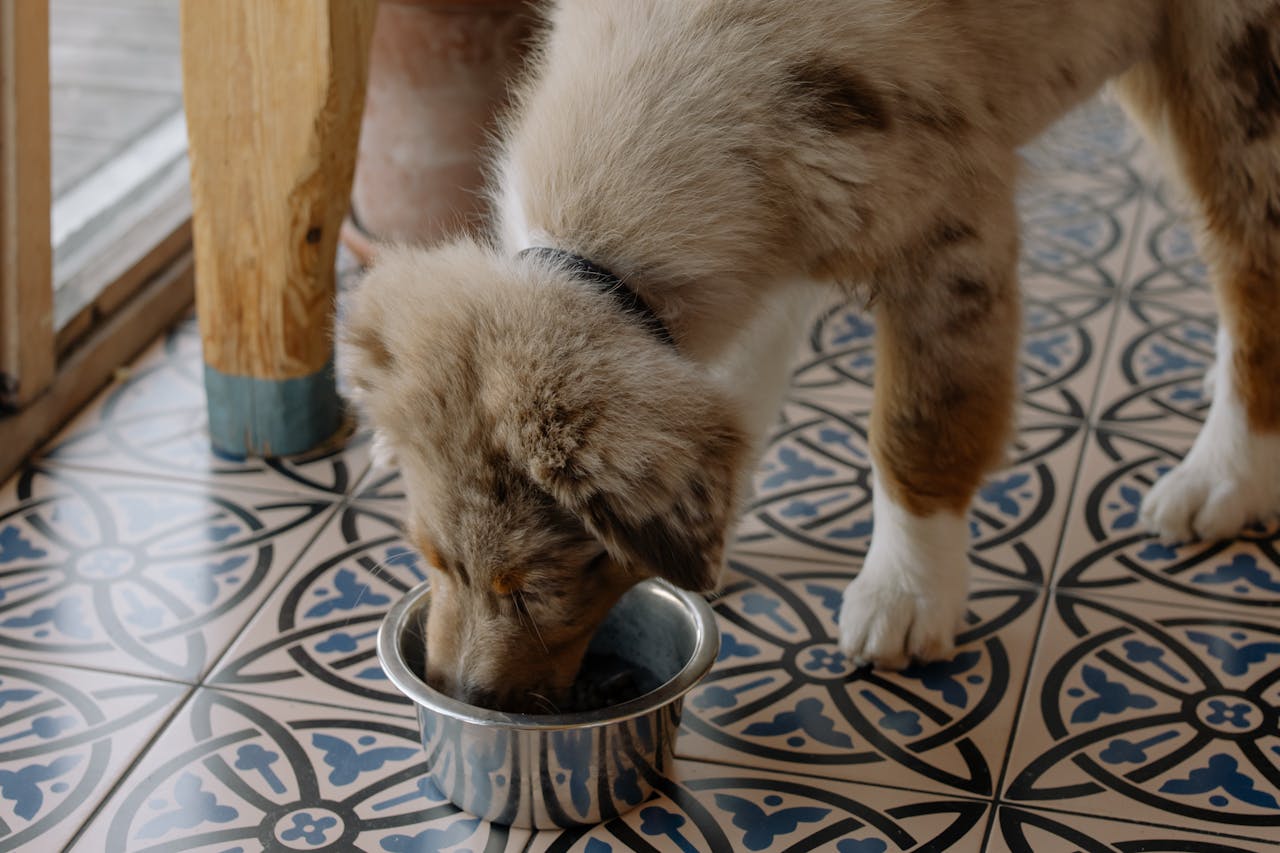
Foods That Are Toxic for Dogs: A Comprehensive Guide
As pet owners, we all want the best for our furry friends. Providing them with a balanced diet is crucial to their health and well-being. However, not all human foods are safe for dogs. In fact, some can be downright toxic. Understanding which foods pose a risk can help prevent accidental poisoning and ensure your…
-
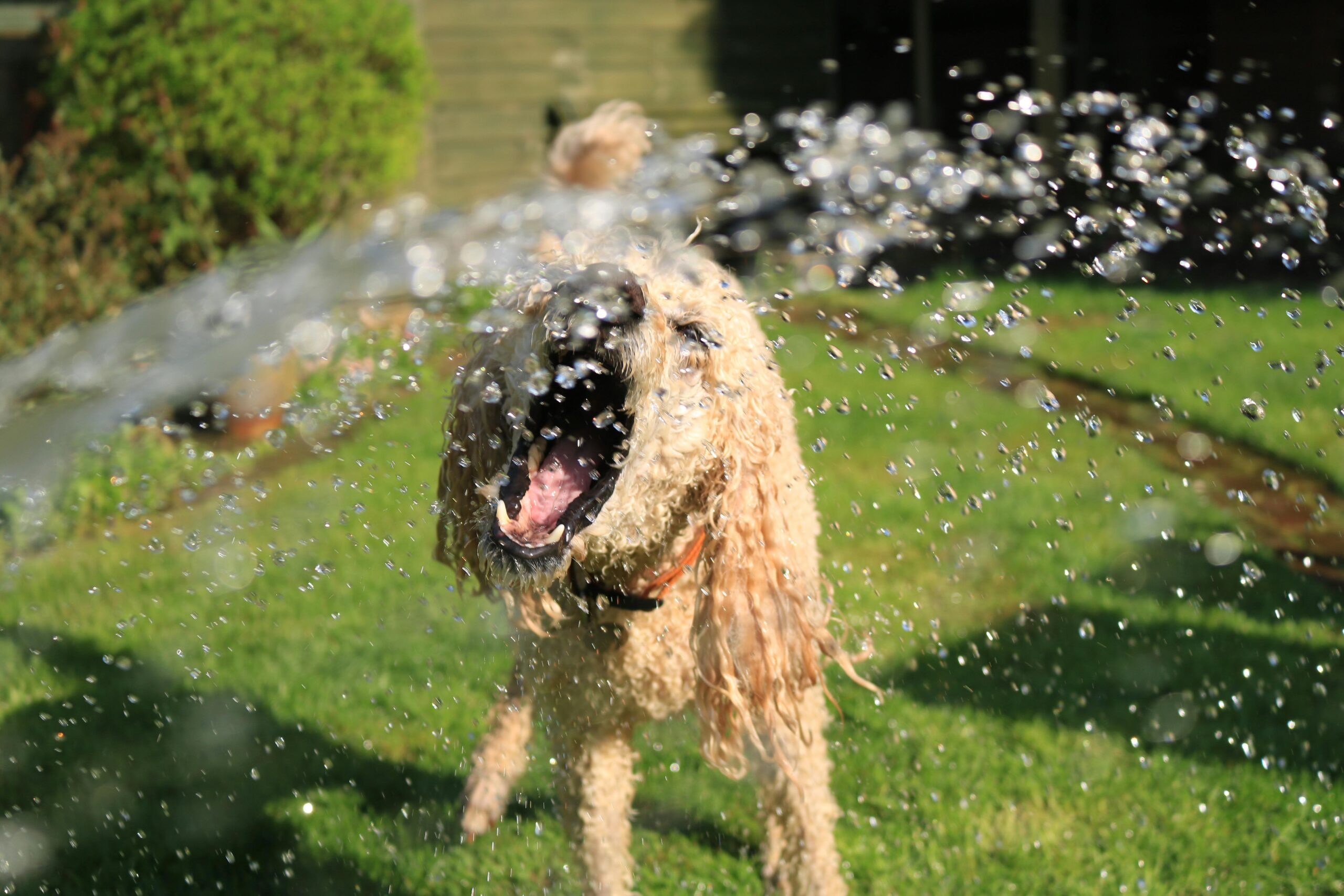
Ways to Keep Your Dog Hydrated & Avoid Dehydration in summer
As the summer heat intensifies, it’s crucial to pay extra attention to our furry companions. Dogs are especially vulnerable to dehydration during the warmer months, and ensuring they stay hydrated is vital for their health and well-being. In this comprehensive guide, we’ll explore effective strategies to prevent dog dehydration and keep your pet safe and…
-
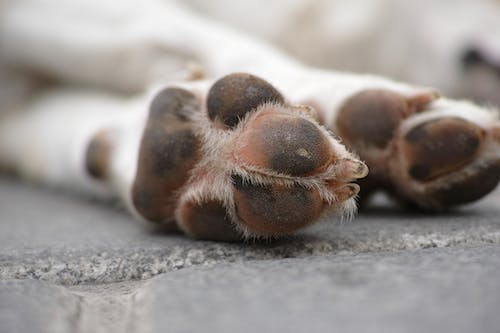
The Best Way to Keep Dogs’ Pads Healthy
Dogs are known for their loyalty, companionship, and playful nature. They are our best friends and deserve the utmost care and attention. One crucial aspect of a dog’s well-being that often goes unnoticed is the health of their paw pads. These sensitive areas play a vital role in their daily activities, such as walking, running,…
-
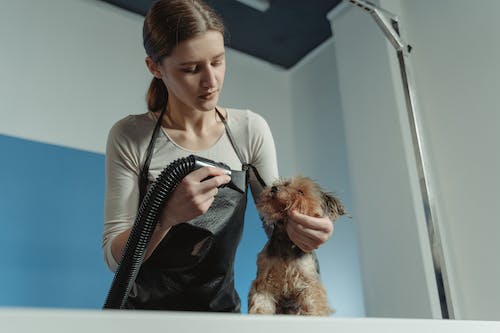
Tips On Finding the Best Dog Groomer
Dogs are not just pets; they are members of our families. As responsible pet owners, it is our duty to provide them with the care and attention they deserve. One crucial aspect of their well-being is grooming. Regular grooming not only keeps your dog looking clean and healthy but also helps prevent various health issues…
-
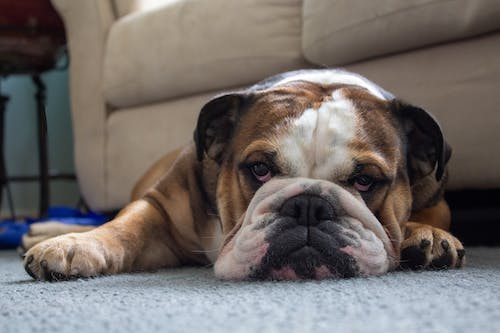
The Easiest-Going Breeds of Dogs
Dogs are often referred to as man’s best friend, known for their loyalty, companionship, and boundless energy. However, not all dogs possess the same level of enthusiasm and vigor. Some breeds are more inclined towards a laid-back lifestyle, preferring relaxation over rigorous exercise. These most laidback breeds of dogs have a reputation for being low-energy…
-
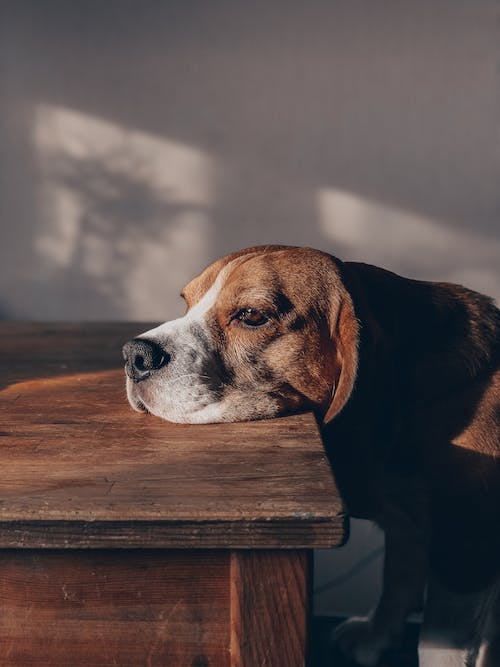
How To Prevent A Dog From Being Bored
Dogs are incredible creatures that bring joy, companionship, and unconditional love into our lives. As responsible pet owners, it is our duty to ensure that our furry friends lead happy and fulfilling lives. One crucial aspect of a dog’s well-being is preventing boredom. Just like humans, dogs can become bored if they lack mental stimulation…
-
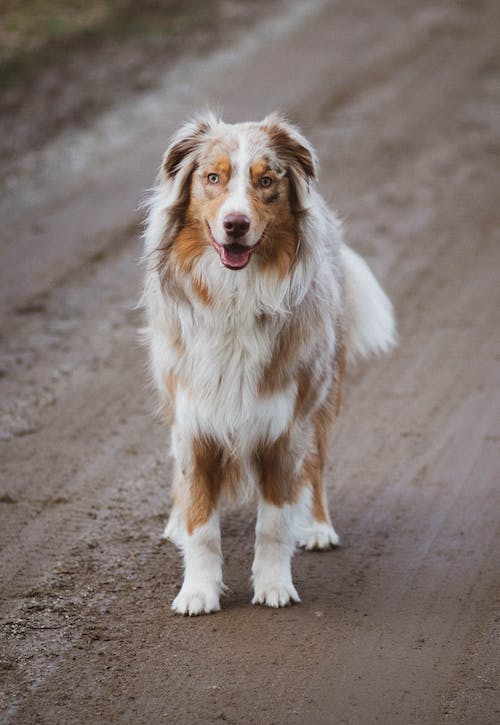
The Best Way to Clean Up Dog Hair
Dog hair can be a persistent problem for pet owners. It seems to find its way into every nook and cranny of our homes, clinging to furniture, carpets, and clothing. While it may seem like an endless battle, there are several effective methods for cleaning up dog hair that can make the task more manageable.…
Got any book recommendations?